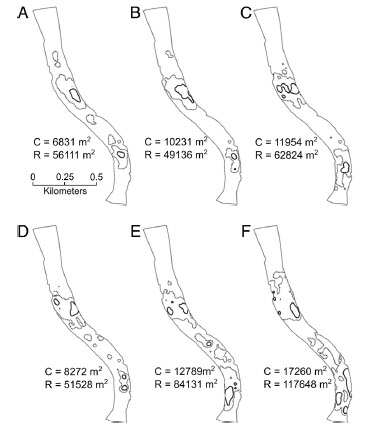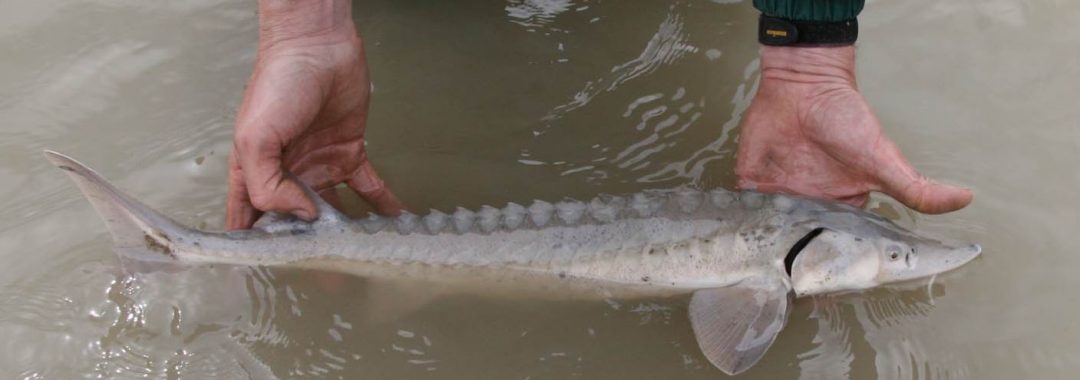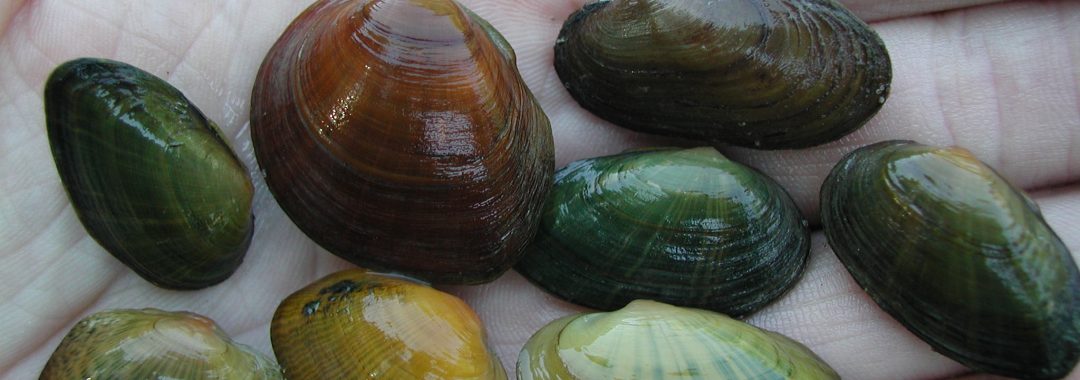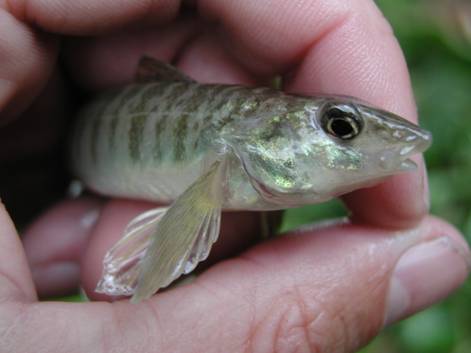Abstract:
The relationship between species’ size and home range size has been well studied. In practice, home range may provide a good surrogate of broad spatial coverage needed for species conservation, however, many species can show restricted movement during critical life stages, such as breeding and over-wintering. This suggests the existence of either a behavioral or habitat mediated ‘temporal bottleneck,’ where restricted or sedentary movement can make populations more susceptible to harm during specific life stages. Here, we study over-winter movement and habitat use of Lake Sturgeon (Acipenser fulvescens), the largest freshwater fish in North America. We monitored over-winter movement of 86 fish using a hydro-acoustic receiver array in the South Saskatchewan River, Canada. Overall, 20 fish remained within our study system throughout the winter. Lake Sturgeon showed strong aggregation and sedentary movement over-winter, demonstrating a temporal bottleneck. Movement was highly restricted during ice-on periods (ranging from 0.9 km/day in November and April to 0.2 km/day in mid-November to mid-March), with Lake Sturgeon seeking deeper, slower pools. We also show that Lake Sturgeon have strong aggregation behavior, where distance to conspecifics decreased (from 575 to 313 m) in preparation for and during ice-on periods. Although the Lake Sturgeon we studied had access to 1100 kilometers of unfragmented riverine habitat, we show that during the over-winter period Lake Sturgeon utilized a single, deep pool (<0.1% of available habitat). The temporal discrepancy between mobile and sedentary behaviors in Lake Sturgeon suggest adaptive management is needed with more localized focus during periods of temporal bottlenecks, even for large-bodied species.
Citation: Thayer, D.*, Ruppert, J.L.W., Watkinson, D., Clayton, T. and M.S. Poesch. (2017) Identifying temporal bottlenecks for the conservation of large-bodied fishes: Lake Sturgeon (Acipenser fluvescens) show highly restricted movement and habitat-use overwinter. Global Ecology and Conservation 10: 194-205.
Monthly core (C) and range (R) extent kernel density maps for: A) November, B) December, C) January, D) February, E) March, and F) April. Black lines are core range (50% percentile), broken lines range (90th percentile) extent.

Also Read:
*Lab members: Donnette Thayer, Jonathan Ruppert, Mark Poesch. Check out opportunities in the lab!






